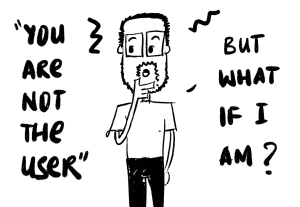- Customer Experience, Design, Psychology and Human Behavior, Usability, UX Education, UX Magazine
An inclusive process leads to experiences that improve lives and develop their full potential on the market which is beneficial for both business and people. Learn how to widen accessible products to inclusive ecosystems by using 5 simple methods.
Article by Alina Karl
How to Design for Human Aging: 5 Methods for Inclusive Digital Experiences
- In order to reach age-inclusive solutions, designers need to adopt an inclusive mindset, make empathetic decisions and apply practical methods.
- 5 methods for inclusive digital experiences:
-
- Inclusive, in-person research and testing
- Focus on behavior instead of demographics
- Tailor accessibility guidelines
- Map product demands with capabilities
- Question interface conventions
- An inclusive process leads to experiences that improve lives and develop their full potential on the market which is beneficial for both business and people.
Share:How to Design for Human Aging: 5 Methods for Inclusive Digital Experiences
Share this link
- June 30, 2022
7 min read







